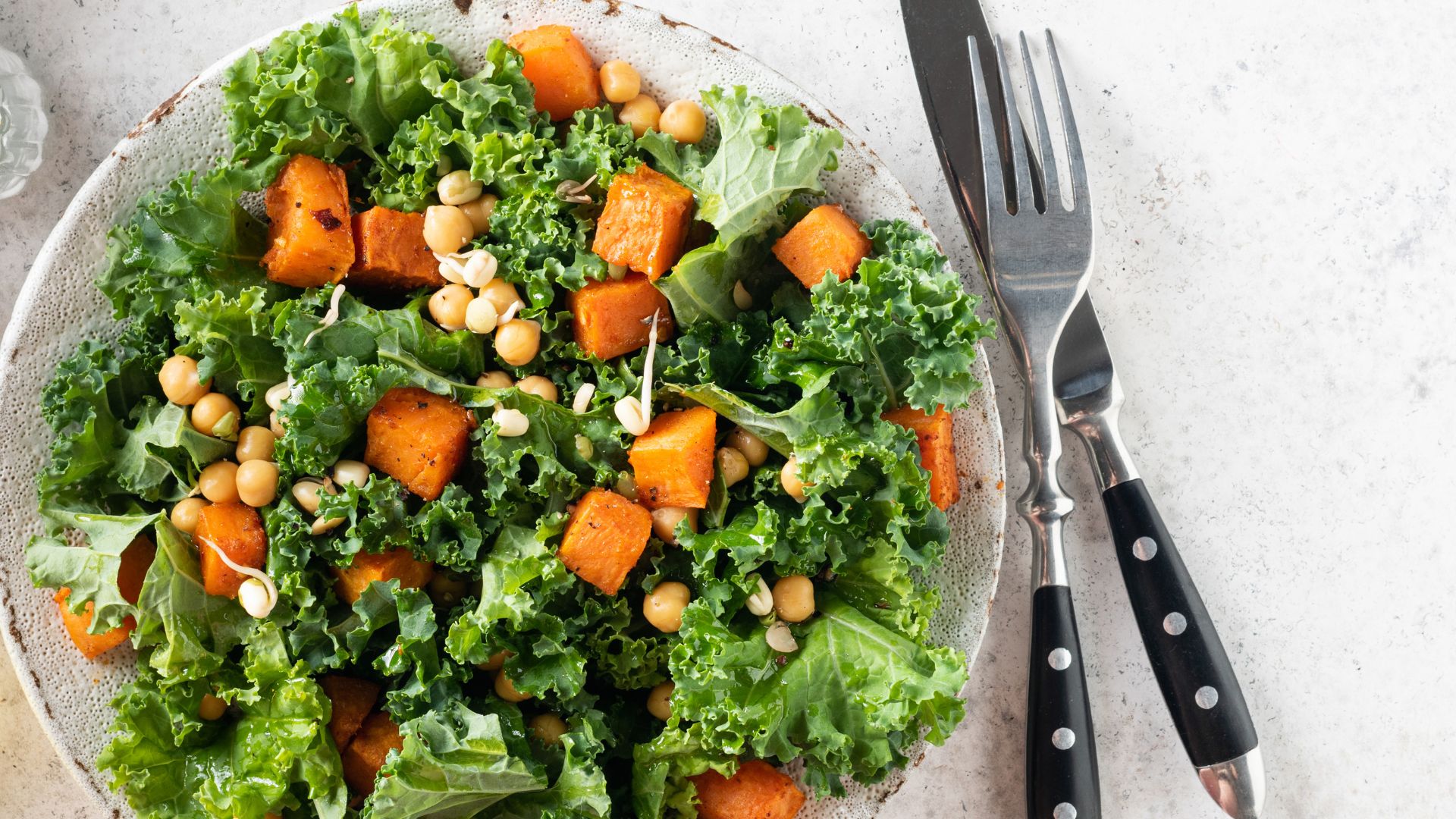
Maintaining a balanced diet can be hard enough on Earth, but it's even more difficult in space — especially when you're talking about long-haul missions. Although space-based agriculture has made strides in recent years, growing fresh crops in space is no easy feat, and each bit of food or water stored in a spacecraft adds mass, thus weighing down the vessel during its journey out of orbit.
Scientists recently studied possible nutrient-dense meals fit for long-term space travel, such as potential Mars missions, that both satisfy astronauts' nutritional needs and taste better than existing alternatives. They tested 10 dishes to see which would be the optimal meal for male astronauts; they plan to specifically study meals for female astronauts in the future. The best meal would help space travelers get the calories and variety of nutrients they need during their odysseys and use crops that could be grown in space with minimal water.
Ultimately, the best space meal turned out to be a hearty kale salad, according to their study, published Dec. 13 in the journal ACS Food Science & Technology.
"These assessments are essential steps toward feasibility in long-term human space missions, for example, to Mars," the authors wrote.
Space travelers have different nutritional requirements than people on Earth do. That's because astronauts face unique stressors, including the vibration, noise, weightlessness, cosmic radiation and drastic temperature changes inherent to spaceflight. Research suggests that a male astronaut needs to consume around 2.6 pounds (1.2 kilograms) of food per day to maintain their body weight and energy levels. That diet should include more than double the carbohydrates and proteins than a typical person on Earth would require.
With this in mind, the team assessed a variety of nutrient-dense ingredients using a statistical model, which also measured the foods' capability of being grown in space or stored for a long time in a spacecraft. This model yielded 10 "space dishes"; four were vegetarian, and six were made with plants and meat.
Compared with plants, meat options typically provide a higher concentration of certain key nutrients, such as protein and vitamin B12. However, the storage of animal products "requires a large space for long-term space missions," making them tough ingredients to regularly include in an astronaut's diet, the study's authors wrote. (In addition, there aren't yet efficient methods for growing lab-grown meat, although the field is advancing.)
The team couldn't include baked goods like bread, because crumbs can float around in microgravity and damage equipment in the spacecraft.
Crops, on the other hand, could be grown during space travel. Considering all of these factors, the researchers' models determined that the optimal dish to meet astronauts' nutritional needs while being feasible for space travel is a vegetarian salad made with soybeans, poppy seeds, barley, kale, peanuts, sweet potato and sunflower seeds — but notably, no salad dressing.
"I think their choice was very well done," Kathleen Carter, a nutritional researcher at Central State University in Ohio who was not involved in the study, told Live Science. "I think that as we start extending our time in space, we're going to have to go to more plant-based. We're going to have to be able to grow our own resources."
Beyond nutritional value, the researchers studied another factor in the ideal astronaut meal: taste. They fed four volunteers the optimized space salad and recorded their feedback on its palatability. Overall, the results were positive, with one volunteer saying they "enjoyed the sweet taste of the potatoes and freshness crunch."
However, the researchers flagged some key limitations with this meal option.
While some plants, including Chinese cabbage and tomatoes, have been cultivated in space in recent decades, there still isn't a reliable and efficient cultivation system to maximize output in this environment, they noted in the study. Additionally, the optimized salad is still missing some of the vitamins and minerals an astronaut would need each day, though these could be provided through supplements, the authors wrote.
Future studies should also consider the cultural and individual dietary requirements of each astronaut, Carter said. Their space menu would need to accomodate any allergies, personal preferences or dietary restrictions, she added.
"Different cultures are going to want different types of foods," Carter said. "Making sure that food looks good, that it tastes good [and] that it's something that they really want to eat, in addition to being very nutrient dense, is going to be very important."
The researchers plan to use their models to design meals for female astronauts and to incorporate more crops into its algorithm, according to a statement.
Ever wonder why some people build muscle more easily than others or why freckles come out in the sun? Send us your questions about how the human body works to community@livescience.com with the subject line "Health Desk Q," and you may see your question answered on the website!







